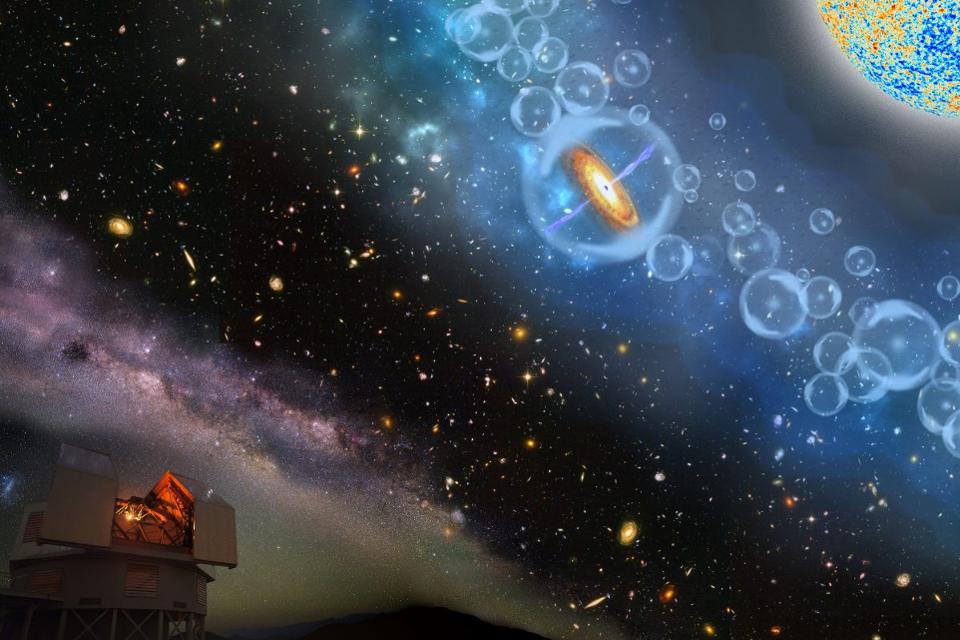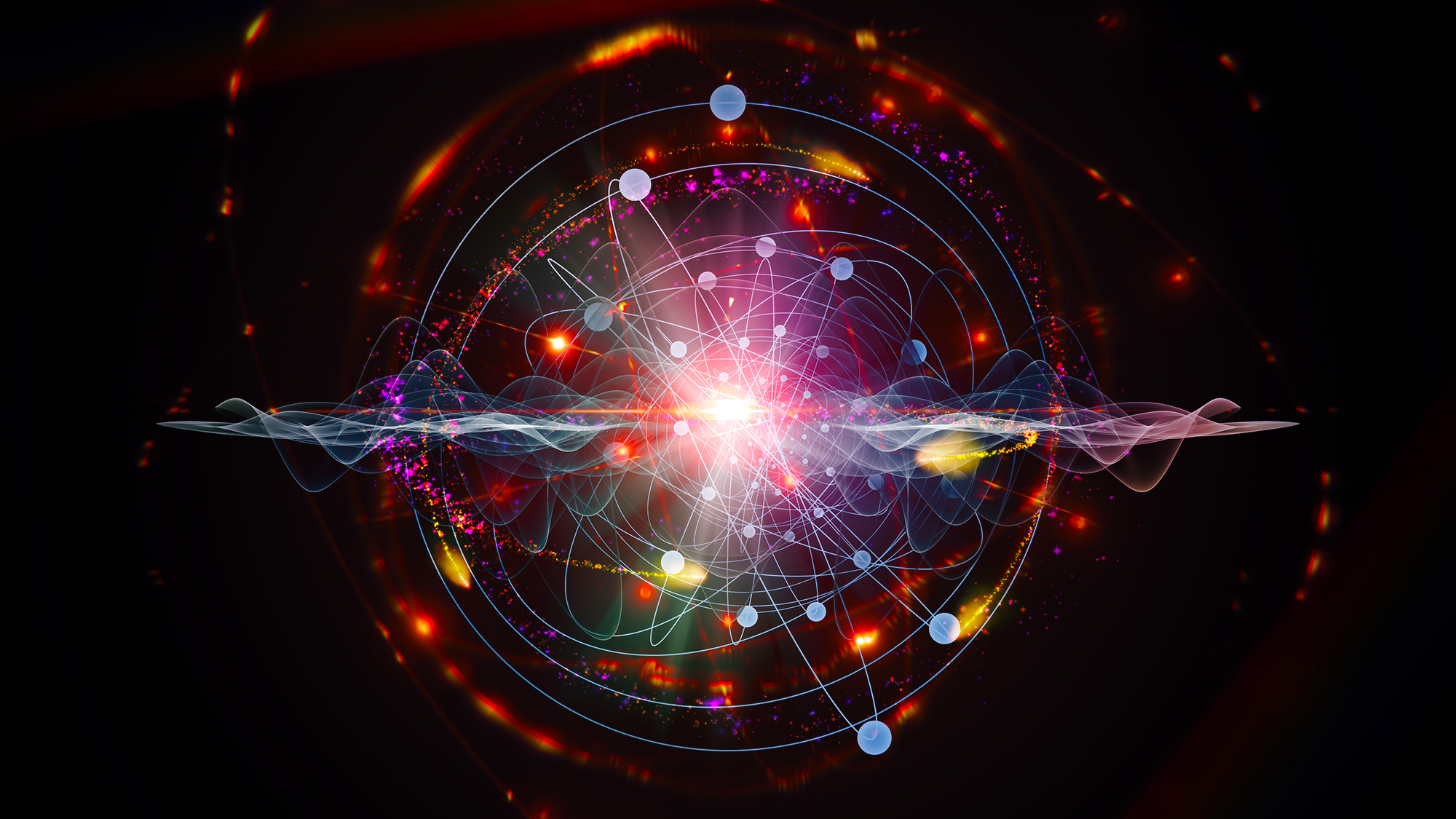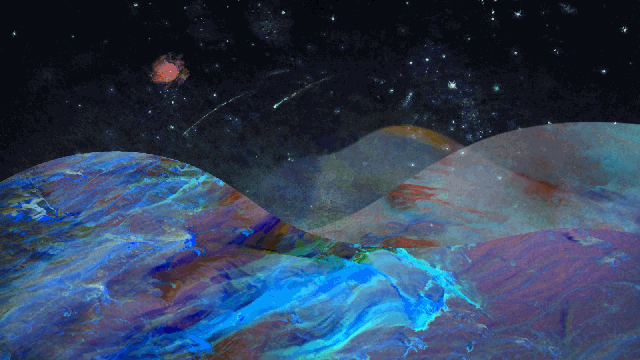The 4 fundamental meanings of “nothing” in science
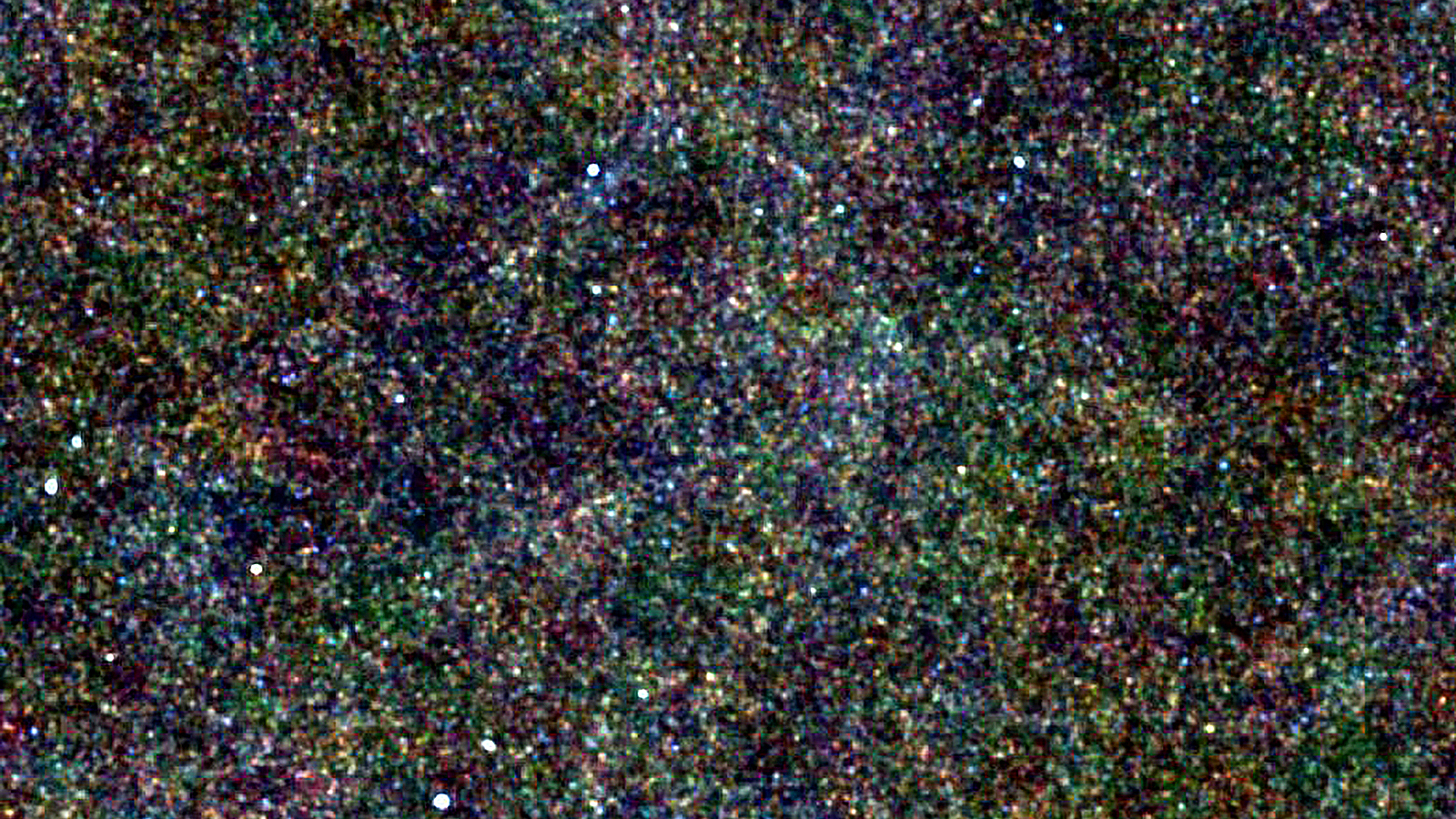
- Most of us, when we talk about nothing, refer to a state where the thing we’re referring to doesn’t yet exist.
- But absolute nothingness, where space, time, and/or the laws of physics don’t exist, is only a philosophical construct, without physical meaning.
- Does the Universe truly create something from nothing? That depends on what your definition of nothing is, and which of the four definitions you’re using.
The Universe, as we see it today, sure is full of “stuff.” Everything we see, feel, and interact with is made of subatomic particles at the most fundamental level, and they’ve assembled into large structures — humans, planets, stars, galaxies, and galaxy clusters — over the Universe’s history. They all obey the same laws of physics, and exist in the context of the same spacetime that everything occupies.
All of the things that we see and experience in the Universe today have only been around for a finite amount of time. The Universe didn’t always have galaxies, stars, or atoms, and so they must have arisen at some point. But what did they come from? While the obvious answer might seem to be “something,” that’s not necessarily true; they may have arisen from nothing. What does “nothing” mean to a scientist in that context? Depending on who you ask, you might get one of four different answers. Here’s what they all mean.
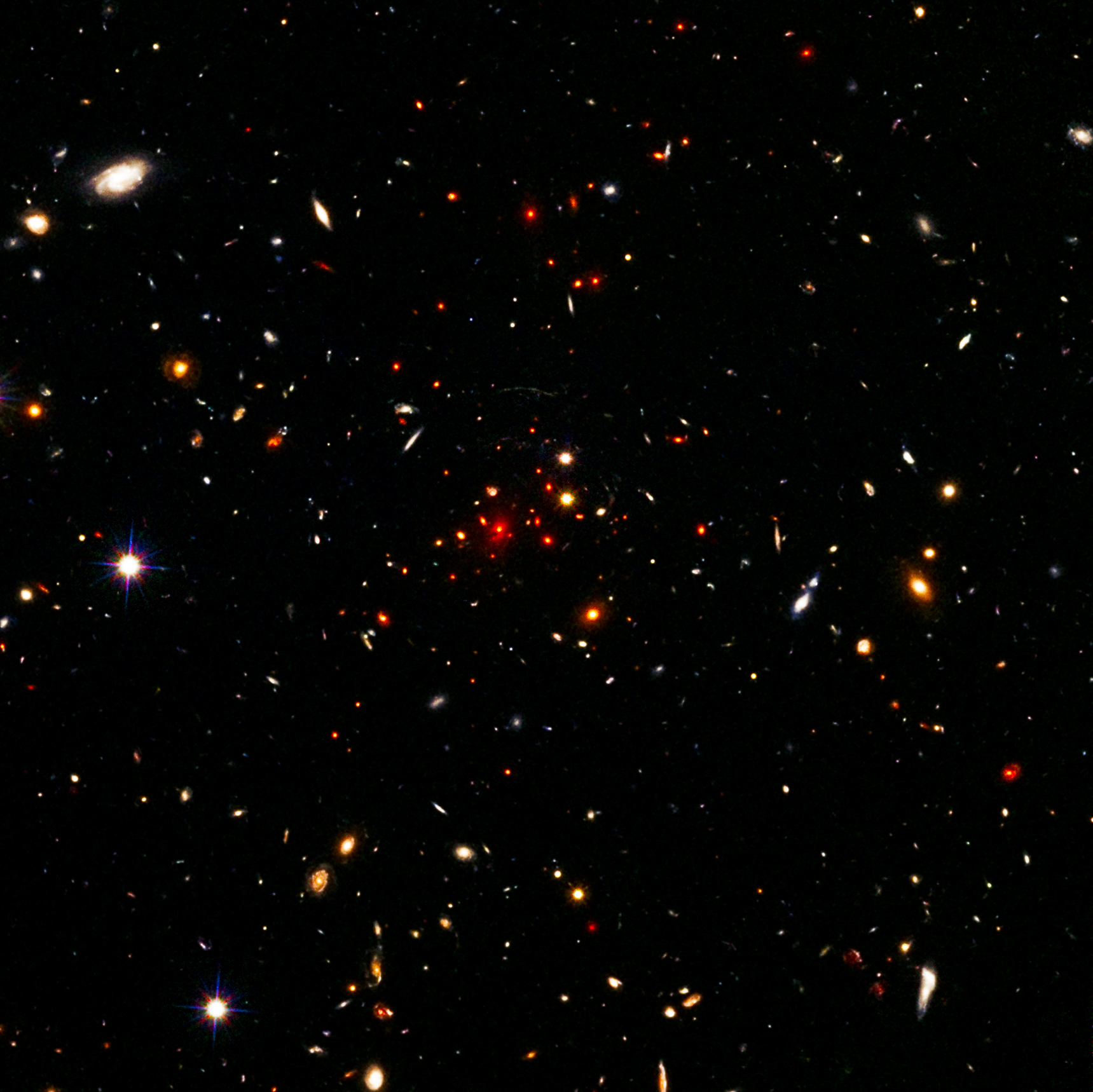
1.) A condition where the raw ingredients to create your “something” didn’t exist. You can’t have galaxies, stars, planets, or humans without the particles necessary to build them. Everything we know of and interact with is made of subatomic matter particles; those are the raw ingredients that our Universe as we know it is built out of.
If you start with a matter-filled Universe, we understand how it can expand, cool, and gravitate to lead to the Universe as we know it today. We know how stars live-and-die, leading to the heavy elements that enable the creation of low-mass stars, rocky planets, organic molecules, and eventually, the possibility of life. But how did we wind up with a matter-filled Universe, instead of one with equal amounts of matter and antimatter? That’s the first scientific meaning of getting something from nothing.
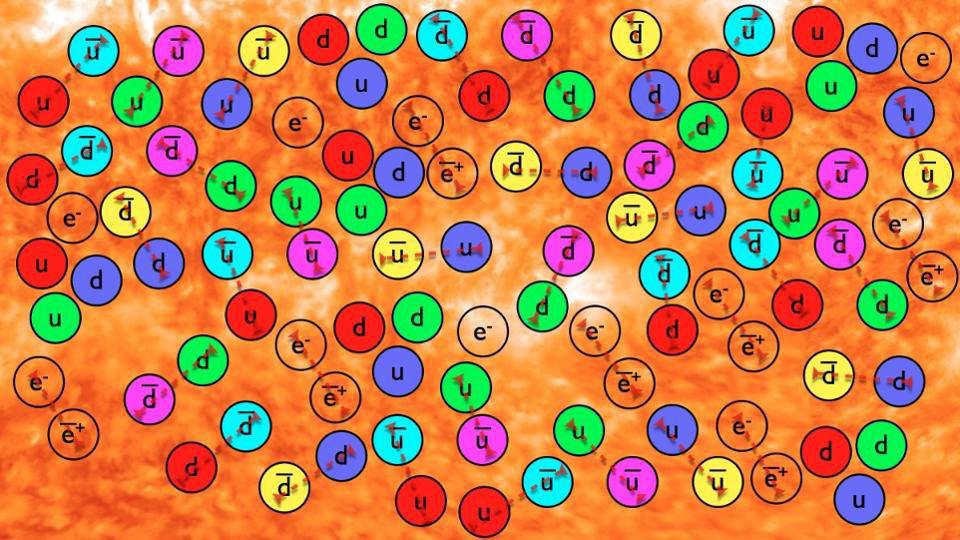
It’s also one of the biggest puzzles in physics: if the laws of physics are such that we can only create matter and antimatter in equal amounts, how did we wind up with a Universe where every structure we see is made of matter and not antimatter? Every planet, star, and galaxy we’ve ever seen is known to be made of matter and not antimatter. So how, then, did we create an excess of these necessary raw ingredients if the Universe wasn’t born with one?
This is what is meant when you hear that the matter in our Universe arose from nothing. The origin of the matter-antimatter asymmetry — a puzzle known in the physics community as baryogenesis — is one of the greatest unsolved problems in physics today. Many ideas and mechanisms have been proposed and are theoretically plausible, but we do not yet know the answer. We don’t know why there’s something (more matter than antimatter) instead of nothing (equal amounts) at all.
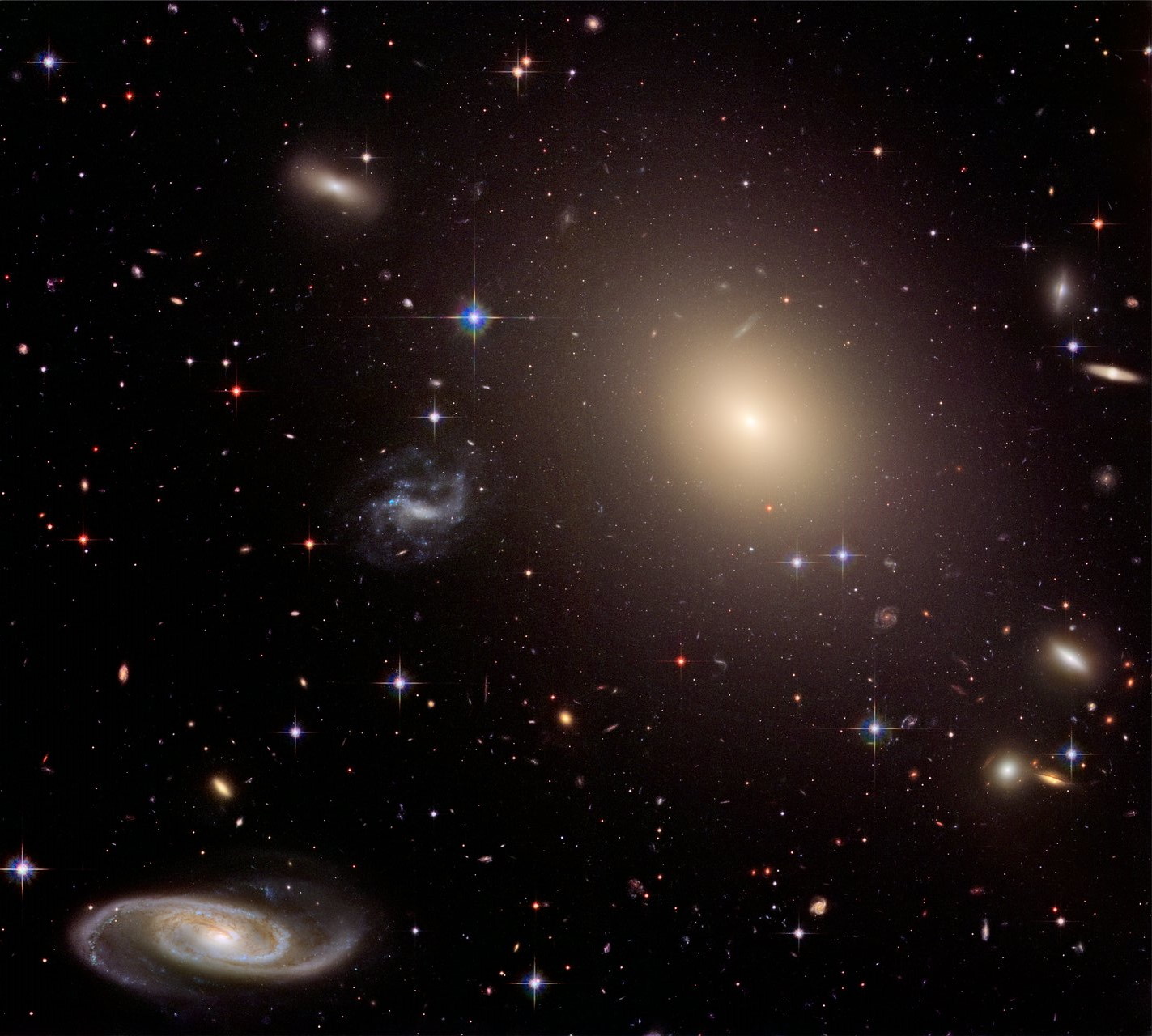
2.) Nothingness is the void of empty space. Perhaps you prefer a definition of nothing that contains literally “no things” in it at all. If you follow that line of thinking, then the first definition is inadequate: it clearly contains “something.” In order to achieve nothingness, you’ll have to get rid of every fundamental constituent of matter. Every quantum of radiation has to go. Every particle and antiparticle, from the ghostly neutrino to whatever dark matter is, must be removed.
If you could somehow remove them all — each and every one — you could ensure that the only thing that was left behind was empty space itself. With no particles or antiparticles, no matter or radiation, no identifiable quanta of any type in your Universe, all you’d have left is the void of empty space itself. To some, that’s the true scientific definition of “nothingness.”
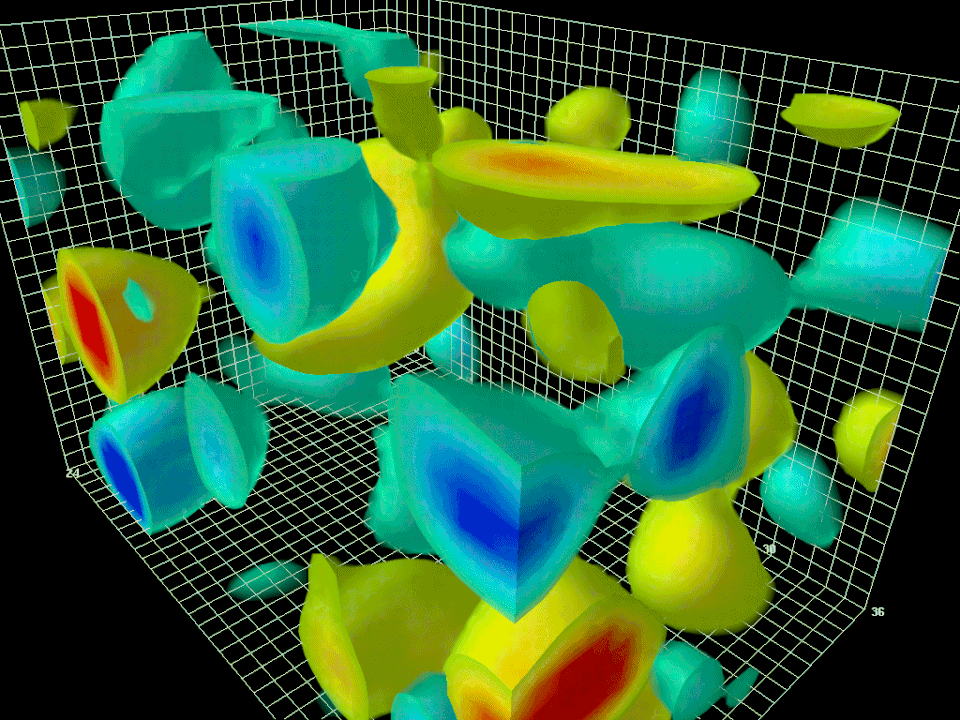
But certain physical entities still remain, even under that highly restrictive and imaginative scenario. The laws of physics are still there, which means that quantum fields still permeate the Universe. That includes the electromagnetic field, the gravitational field, the Higgs field, and the fields arising from the nuclear forces. Spacetime is still there, governed by General Relativity. The fundamental constants are all still in place, all with the same values we observe them to have.
And, perhaps most importantly, the zero-point energy of space is still there, and it’s still at its current, positive, non-zero value. Today, this manifests itself as dark energy; before the Big Bang, this manifested in the form of cosmic inflation, whose end gave rise to the entire Universe. This is where the phrase, “a Universe from nothing” comes from. Even without matter or radiation of any type, this form of “nothing” still leads to a fascinating Universe.
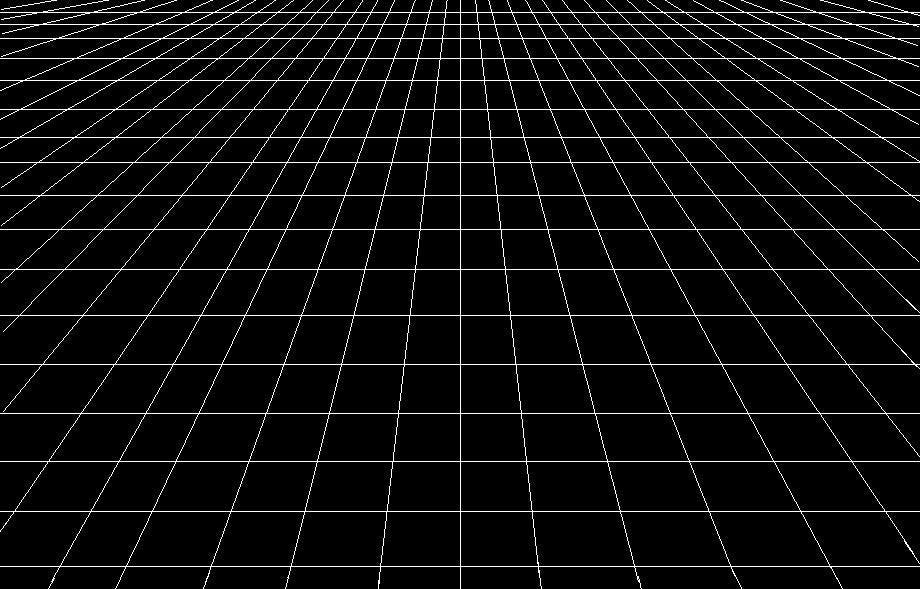
3.) Nothingness as the ideal lowest-energy state possible for spacetime. Right now, our Universe has a zero-point energy, or an energy inherent to space itself, that’s at a positive, non-zero value. We do not know whether this is the true “ground state” of the Universe, i.e., the lowest energy state possible, or whether we can still go lower. It’s possible that we’re in a false vacuum state, and that the true vacuum, or the true lowest-energy state, will either be closer to zero or may actually go all the way to zero (or below).
To transition there from our current state would likely lead to a catastrophe that forever altered the Universe: a nightmare scenario known as vacuum decay. This would result in many unsavory things for our existence. The photon would become a massive particle, the electromagnetic force would only travel short ranges, and practically all the sunlight our star emits would fail to make its way to Earth.
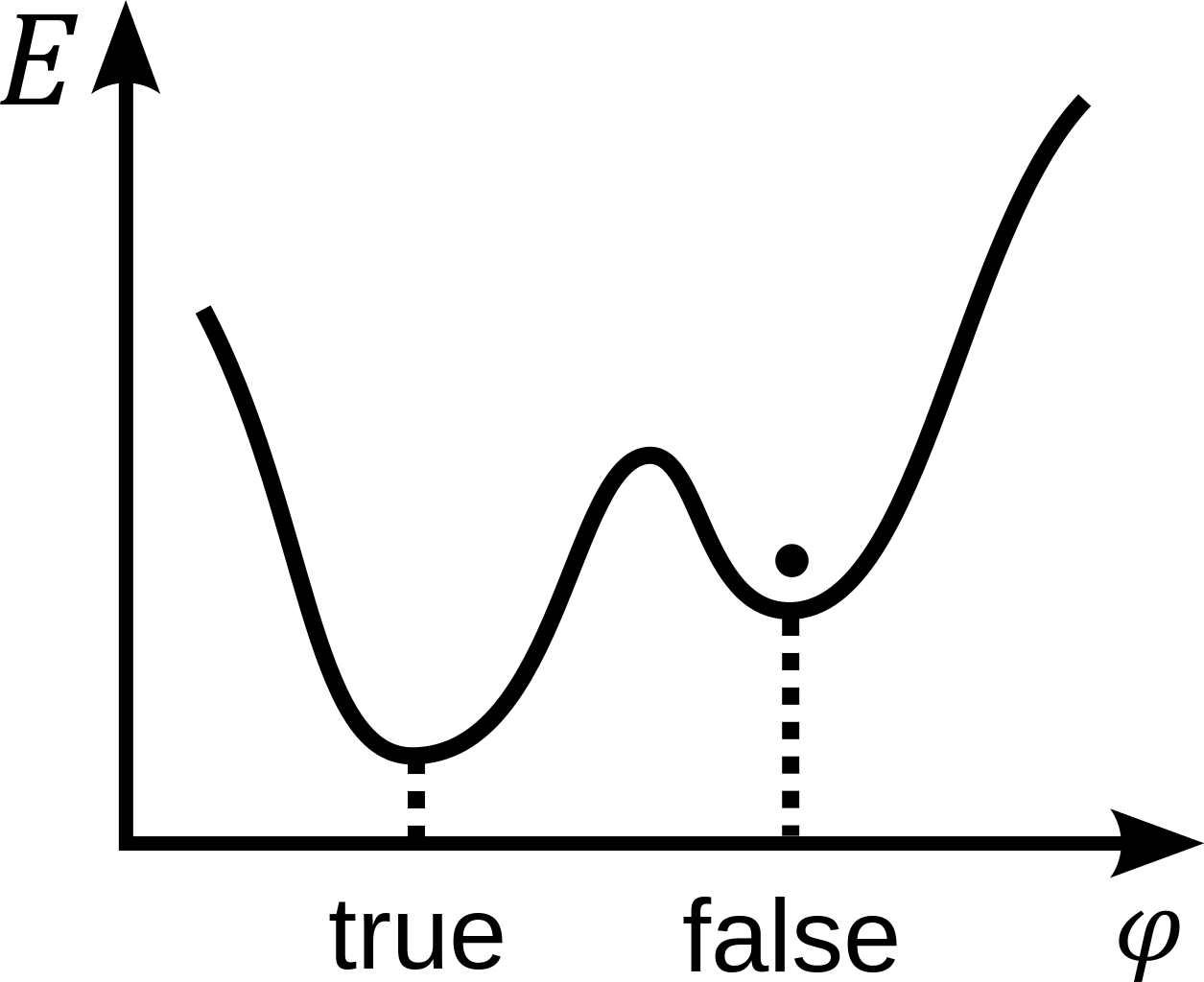
But in terms of imagining this as a state of true nothingness, it’s perhaps the ideal scenario that still keeps the laws of physics intact. (Although some of the rules would be different.) If you were able to reach the true ground state of the Universe — whatever that state may look like — and expelled from your Universe all the matter, energy, radiation, spacetime curvature, and ripples, etc., you’d be left with the ultimate idea of “physical nothingness.”
You’d at least still have a stage for the Universe to play out on, but there would be no players. There would be no cast, no script, and no scene to your play, but the vast abyss of physical nothingness still provides you with a stage. The cosmic vacuum would be at its absolute minimum, and there would be no way to extract work, energy, or any real particles (or antiparticles) from it. And yet, to some, this still has the flavor of “something,” because space, time, and rules are still in place.
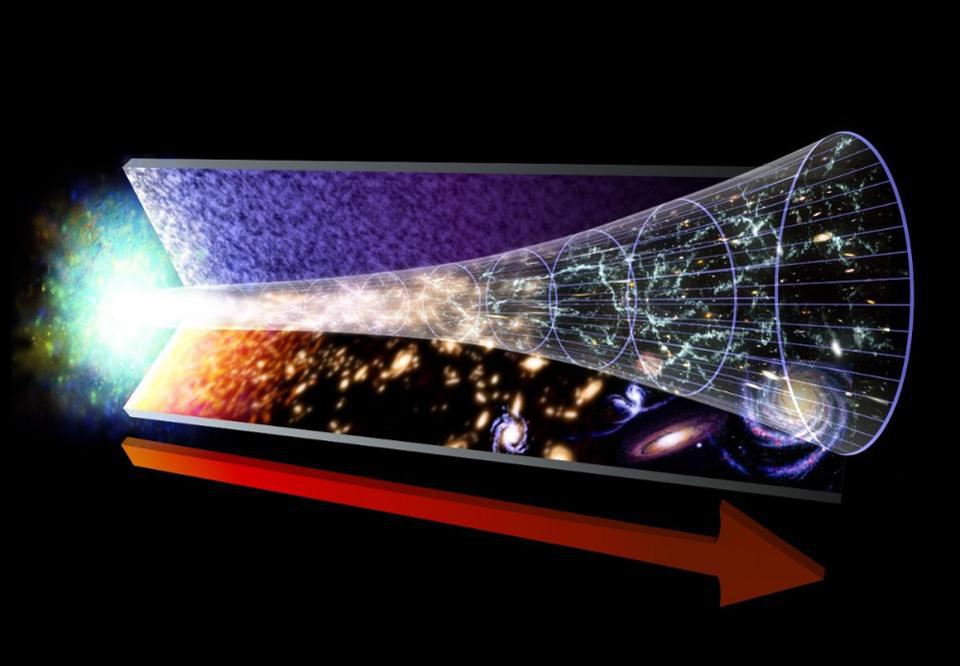
4.) Nothingness only occurs when you remove the entire Universe and the laws that govern it. This is the most extreme case of all: a case that steps out of reality — out of space, time, and physics itself — to imagine a Platonic ideal of nothingness. We can conceive of removing everything we can imagine: space, time, and the governing rules of reality. Physicists have no definition for anything here; this is pure philosophical nothingness.
In the context of physics, this creates a problem: we cannot make any sense of this sort of nothingness. We’d be compelled to assume that there is such a thing as a state that can exist outside of space and time, and that spacetime itself, as well as the rules that govern all of the physical entities we know of, can then emerge from this hypothesized, idealized state.
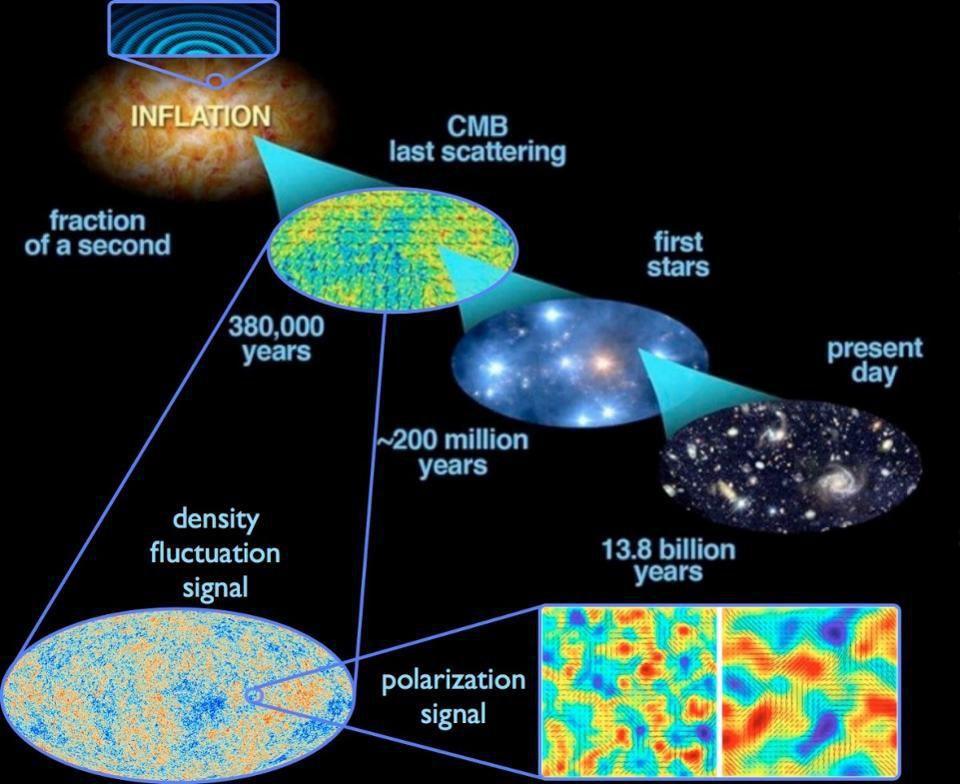
Unfortunately, we have no idea if this line of thought has any physical meaning. It’s possible that it’s merely an exercise in our capacity to imagine things outside of our own reality, with no connection to anything that can actually exist. A number of questions arise immediately when we start thinking along these lines, with no definitive answers. They include:
- How does spacetime emerge at a particular location or instant, when there’s no such thing as “space” (for location) or “time” (for instant)?
- Can we truly imagine something being “outside” the Universe if we don’t have space, or “having a beginning” if we don’t have time?
- From where would the rules governing particles and their interactions arise?
This final definition of nothing, while it certainly feels the most philosophically satisfying, may not have a meaning at all. It could just be a logical construct borne out of our inadequate human intuition.
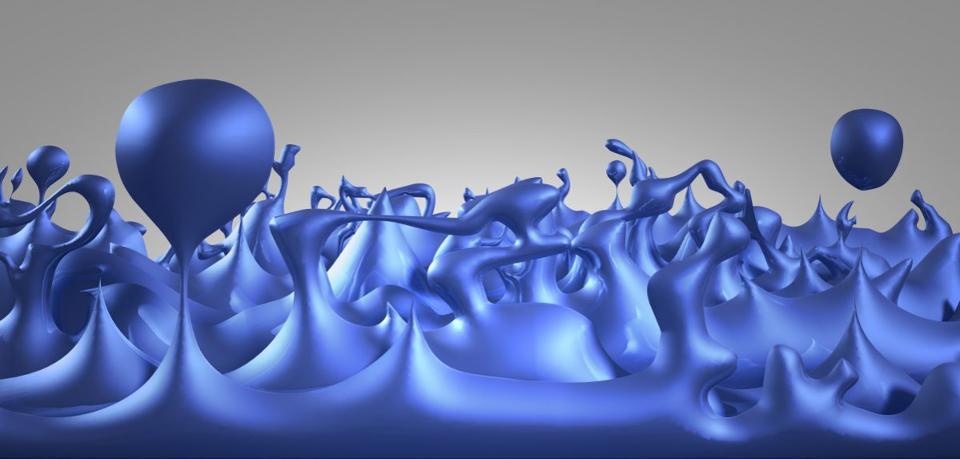
When scientists talk about nothing, they often talk past one another, thinking that their definition of “nothing” is the only one that’s valid. But there is no consensus here: language is ambiguous, and the concept of nothingness means different things to people in different contexts. “something from nothing” can be a situation where something fundamentally arises where it wasn’t there before, but not everyone will agree that “nothing” is what it arose from.
Each of the four definitions is correct in its own way, but what’s most important is understanding what the speaker means when they’re talking about their particular form of nothingness. Each definition has its own scope and range of validity, with applications to a wide range of particular physical problems, from the origin of matter to dark energy to cosmic inflation to the zero-point energy of space itself. But these concepts have a drawback as well: they’re all constructs of our own minds. Everything we know of certainly came from nothing. The key is to understand how.
